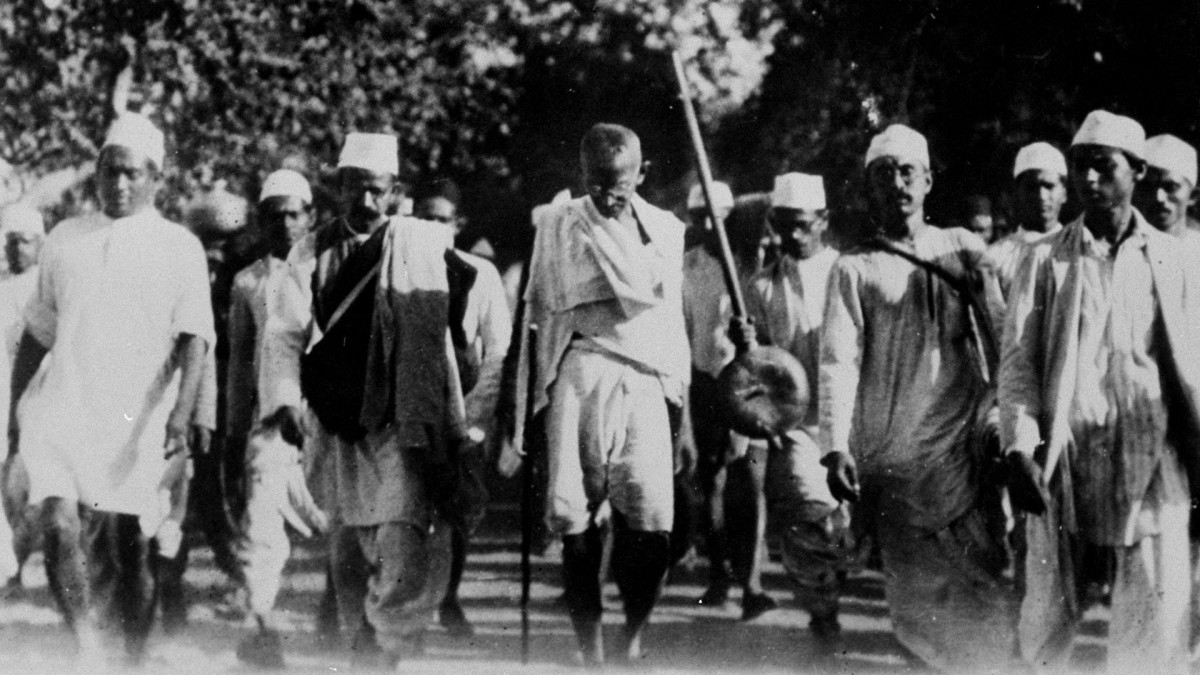On Feb 2, 1947, six months before India attained Independence, Mahatma Gandhi launched the peace campaign through a nonviolent movement. The move was championed by the mass murder of Muslims and Hindus during the Direct Action Day violence. Mahatma Gandhi had severally visited most riot-prone zones to get people to discontinue the massacres. While his campaigns paid and most of the massacres stopped, Mahatma Gandhi’s nonviolent direct action campaign aimed to organize and get more Indians to stop socioeconomic authoritarianism and race-based laws.
Mahatma Gandhi committed the best part of his life against the three evils: British rule, Hindu-Muslim disunity, and Hindu tradition. These were critical elements in his March for Peace campaign, involving strikes and other peaceful civil disobedience acts. While the British government didn’t always reiterate peacefully, Mahatma Gandhi always asked Indians to avoid violence. The Indians got tired and started rioting over time, making Mahatma Gandhi cancel the protests.
After struggles and fights for Independence, Britain finally gave India the independence they so much craved. However, the Britain Government divided India into Muslim in Pakistan and Hindu-majority in India. Even before the division, Mahatma was against the division of India into two because Hindu-Muslim disunity was one of the evils he considered great. That pushed him to stop the Hindu-Muslim conflict in Bengal resulting from the division of the British Indian Empire. Sadly, his policy and push to stop the Hindu-Muslim war led to his assassination by a Hindu fanatic in Delhi.

